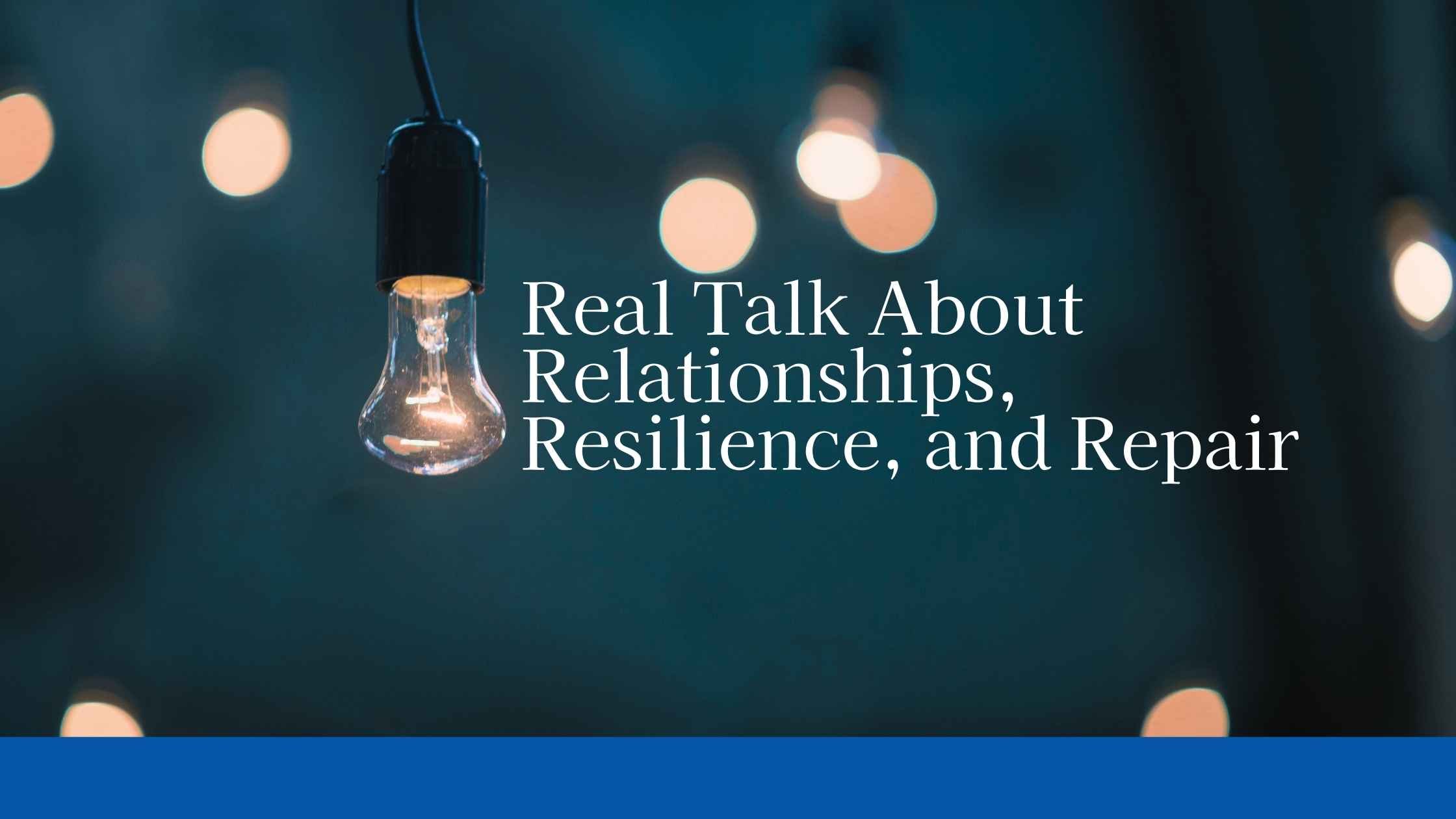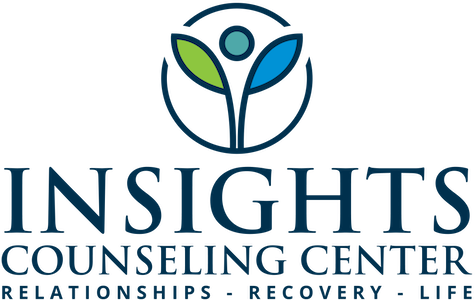
Blog

The Empathy Loop: How Mirror Neurons Influence Your Relationship Dynamics
Your partner’s mood can influence your own more than you realize—thanks to mirror neurons. This blog explores how couples mirror each other’s emotional states and offers tools to shift from reactive loops into attuned, empathetic connection.

Building a Future Together: How Couples Therapy Can Help You Co-Create a Shared Vision
Couples therapy isn’t just about resolving conflict—it’s about building something meaningful together. In this post, we explore how the Gottman Method helps couples map out a shared vision for their future, with practical tools for alignment, collaboration, and renewed purpose.

The Role of Shared Values in Long-Term Relationship Success
Shared values give relationships direction and meaning. This post explores why they matter, how to talk about them, and what to do if you and your partner feel misaligned. Find out how to build a future grounded in what matters most.

How Financial Stress Impacts Your Relationship (And How Couples Can Heal Together)
Money struggles don't have to tear you apart. Therapy can help couples rebuild trust, communication, and teamwork even through financial stress.

When One Partner Grows: Recovery, Relationship Imbalance, and the Need for Shared Healing
What happens when one person in a relationship starts doing deep emotional work and the other doesn’t? This blog explores the impact of uneven healing and why shared growth is essential for lasting connection.

When Life Gets in the Way: How Couples Therapy Can Help Rekindle Intimacy
Seasons of distance and disconnection are normal in any relationship—but they don’t have to be permanent. This post explores how couples therapy helps partners rebuild emotional closeness, navigate life’s stressors together, and reawaken the intimacy that once felt out of reach. It’s not about going back—it’s about growing forward, together.

The Importance of Respectful Disagreement in Healthy Relationships
Disagreements are normal in any relationship. What matters is how you handle them. Learn how respectful conflict can actually bring you closer together—and how couples therapy can help.

How to Stop Saying Things You Regret
Impulsive words can damage connection in conflict. Learn how to recognize emotional flooding, pause with intention, and use Gottman tools to repair before regret takes over.

When the Nest Empties and the Distance Shows: How Therapy Helps Couples Reconnect After Years of Drifting
Many couples stay married until the kids leave home—only to find themselves disconnected and uncertain. This post explores how therapy can help partners reconnect in the empty nest years by healing emotional distance, rebuilding intimacy, and casting a new vision for the next chapter. It’s never too late to turn toward each other again.

What Makes a Real Repair in a Relationship?
Repair is more than saying “I’m sorry”—it’s how we rebuild trust and connection after hurt. Learn what effective repair looks like and how to practice it together.

Before You Say “I Do”: Why Premarital Counseling Helps You Build a Marriage That Lasts
Marriage is more than a beautiful day—it’s a life built together. In this post, we explore how premarital counseling helps couples strengthen communication, navigate important conversations, and prepare for a meaningful, connected future.

Are You Still Auditioning for Love? Why Commitment Brings Out the Best in Us
When one partner isn’t fully committed, the whole relationship can feel like an audition. This post explores how uncertainty erodes emotional safety—and why secure commitment brings out the best in both partners.

Why Trust Needs Constant Nurturing in Long-Term Relationships
Trust isn’t built once and forgotten—it’s grown in everyday moments. This post explores why long-term relationships need consistent trust-building habits and how couples can reconnect through small daily choices.

Name It to Tame It — Why Emotion Vocabulary Heals
Naming your feelings can transform your brain, your relationships, and your healing journey. This post explores the science behind “Name It to Tame It,” offers practical steps to move from vague to specific emotions, and shows why building emotional vocabulary is key to regulation and connection.

Boundaries Are Not Rejection: How Couples Can Stay Close Without Enmeshment
Boundaries help couples stay close without losing themselves. This post explores how limits create safety, reduce resentment, and strengthen real emotional intimacy.

Attachment Wounds Aren’t Just from Childhood: How They Show Up in Your Marriage
Attachment injuries can form in adult relationships when emotional needs are missed or dismissed. This post explores how these wounds show up in marriage and how therapy helps couples repair and reconnect.

People-Pleasing in Relationships: When Anxiety Overrides Authentic Connection
People-pleasing may look like kindness, but in relationships, it can quietly erode connection. Learn how anxiety fuels over-accommodation and discover tools to rebuild mutuality and authentic intimacy.

Differentiation 101: Why Closeness Doesn’t Have to Mean Losing Yourself
Many couples struggle with closeness because they don’t know how to stay themselves in the relationship. This post explores the concept of differentiation and how it helps couples grow stronger without collapsing into conflict or disconnection.

He Made Me Yell, She Made Me Shut Down": Breaking the Cycle of Reactive Conflict
When both partners escalate a conflict, it leads to a destructive cycle known as a "flare-flare." This post explains why it happens, how to recognize your role, and strategies for responding in a healthier, more constructive way.

Is the Difficult Person in Your Life a Narcissist? Understanding the Spectrum of Narcissism
Not all narcissism is toxic, but when it is, it can threaten the foundation of your relationship. Learn how to recognize healthy, moderate, and extreme narcissistic traits—and what to do if you find yourself stuck.
